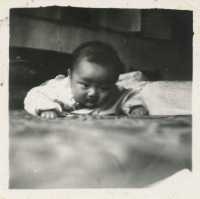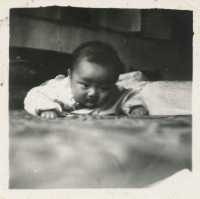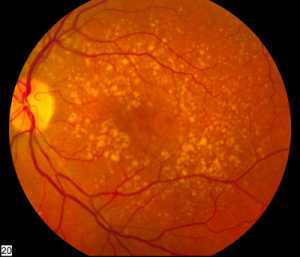Author Interviews, CT Scanning, Heart Disease, NEJM / 25.08.2018
Coronary CT Angiography May Be Best Approach to Chest Pain
MedicalResearch.com Interview with:
Prof David Newby FRSE FMedSci
Personal Chair - BHF John Wheatley Chair of Cardiology
University of Edinburgh
MedicalResearch.com: What is the background for this study? What are the main findings?
Response: There are many tests that can try and determine whether a patient has heart disease. All are imperfect and do not directly see if the heart arteries are diseased.
This study used a CT heart scan to see if there was any heart disease in patients who presented to the outpatient clinic with chest pains that could be due to coronary heart disease. The doctor use the scan result to decide whether they had heart disease and how to manage the patient.
The study has found that if you use a CT heart scan then you are less likely to have a heart attack in the future. In the first year, you may require treatment with an angiogram and heart surgery (stent or heart bypass) but after the first year, you are less likely to need these treatments because the disease has already been treated promptly.
(more…)
































